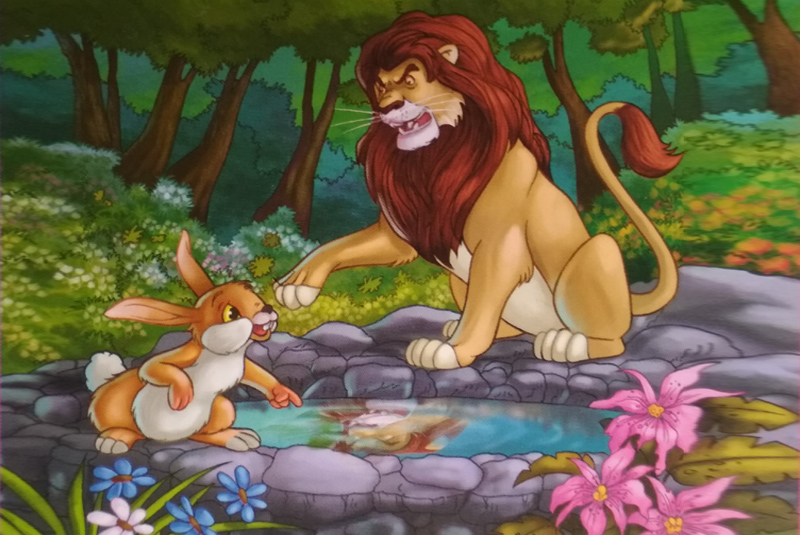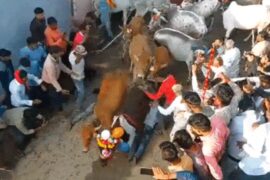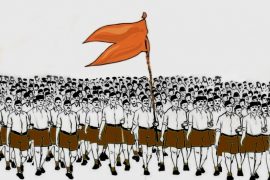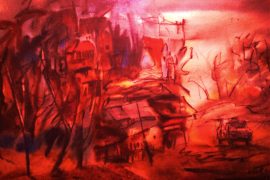Almost every child grows up with storybooks. They impart education and help us understand the world through stories. They are colourful, easy to read and enjoyable. Notably, children continue to adore the pictorial depictions.
From ancient times to this day, storybooks have been a part of every child’s reading culture. From Panchatantra tales to Shikari Shambu in the Tinkle, animals have continued to be protagonists in almost every storybook, no matter how old or new. They are anthropomorphised—portrayed with human characteristics; they can talk, walk, and interact with each other, mostly just like humans.
Copyright©Madras Courier, All Rights Reserved. You may share using our article tools. Please don't cut articles from madrascourier.com and redistribute by email, post to the web, mobile phone or social media.Please send in your feed back and comments to [email protected]











